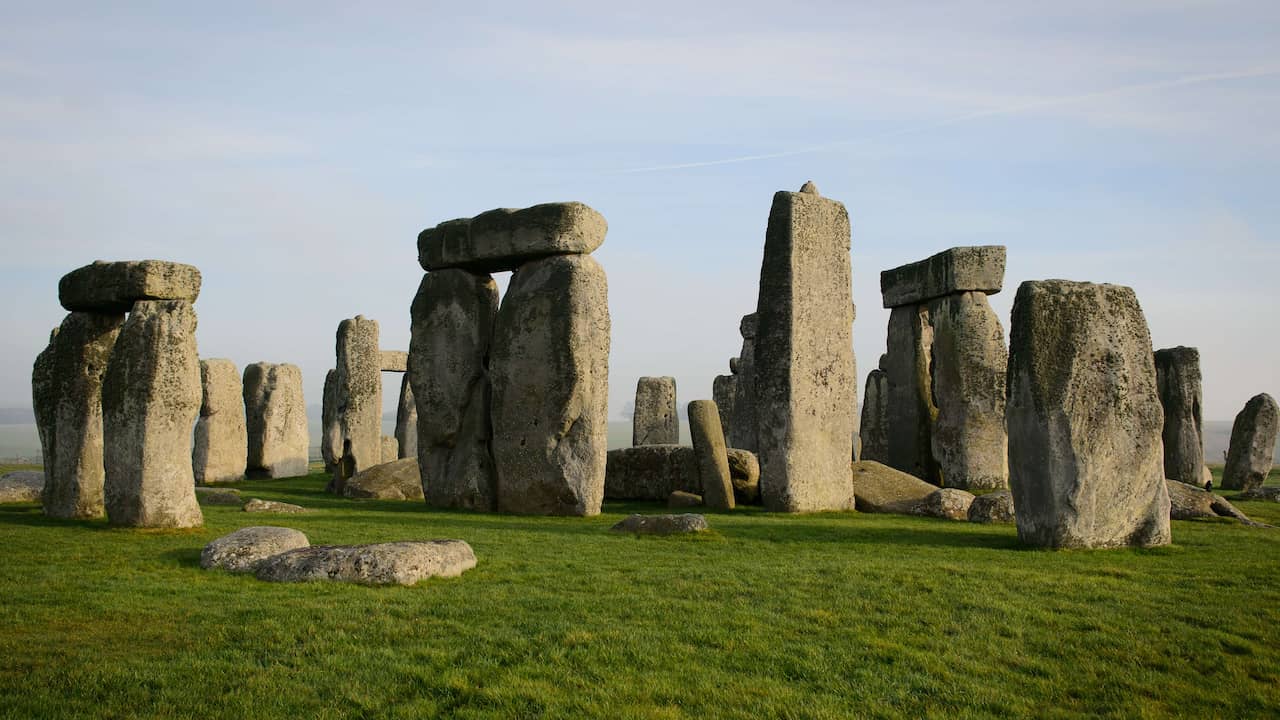The British government on Thursday approved a controversial plan to build a tunnel near the prehistoric monument of Stonehenge in southern England, reports BBC News. The project is met with a lot of resistance from the local population and archaeologists, among others.
There have been plans to build a tunnel at Stonehenge for decades. The project should, among other things, ensure that there is less traffic jam on the popular highway. The tunnel must also block the view of and noise from traffic passing the monument. In addition, the travel time for road users will decrease with the construction of the tunnel.
However, experts warn of “permanent” and “irreversible” damage to Stonehenge. Opponents of the tunnel’s construction say they fear damage to the environment, wildlife and potential archaeological finds at the monument.
The Stonehenge Alliance, a partnership of opponents of the project, said it “deeply regrets” the decision of the British Minister of Infrastructure and is going to the British Supreme Court. Members of the group warn that there will be a global “dismay” response to the plan’s approval. The Chairman of The Stonehenge Alliance, Tom Holland, calls it an “shameful decision.”
In addition, according to the group, the plan breaks obligations of the United Kingdom set out in international treaties. Those treaties state that the UK is under an obligation not to “damage” the monument.
Construction of the tunnel will cost almost 2 billion euros
Preparations for the construction of the 3-kilometer-long tunnel are scheduled to start next spring. The actual construction period is scheduled for 2023 and is expected to take five years. The costs for the construction of the tunnel are estimated at 1.7 billion British pounds (converted 1.88 billion euros).
Stonehenge is a Early Stone Age monument located in Wiltshire, England. It consists of an earthen wall with large standing stones in a circle.
The monument was probably built around 2300 BC. Since 1986, the monument has been on the UNESCO World Heritage List.
– .


